Subway Organization: Detailed Network System and Cost Analysis
VerifiedAdded on 2023/06/04
|5
|660
|411
Report
AI Summary
This report provides a detailed analysis of the network systems and associated costs within the Subway organization, a prominent fast-food franchise in Australia. It examines the LAN network design employed at the headquarters in Melbourne, emphasizing the use of IEEE 802.11 protocol and regulated packet flow. The report identifies key components such as DS-3E0105P-E for Differentiated Service, wireless routers as Access Points, and the implementation of Basic Service Set (BSS) and Extended Service Set (ESS) for network mobility. Furthermore, it details the network devices used, including computers, wireless routers, and modems, along with the range of radio frequencies and cable types (Cat 5e, Cat 6, and Cat 6a) utilized across different office sizes. The cost analysis underscores the efficiency of the network design in reducing costs and delays in data transmission, attributing this to the use of advanced networking devices. The report concludes that the investment in networking has positively impacted the organization's operations and recommends continued use of high-quality, updated networking devices, along with the implementation of security software solutions to protect against cyber threats. It references academic sources to support its findings and recommendations.
1 out of 5
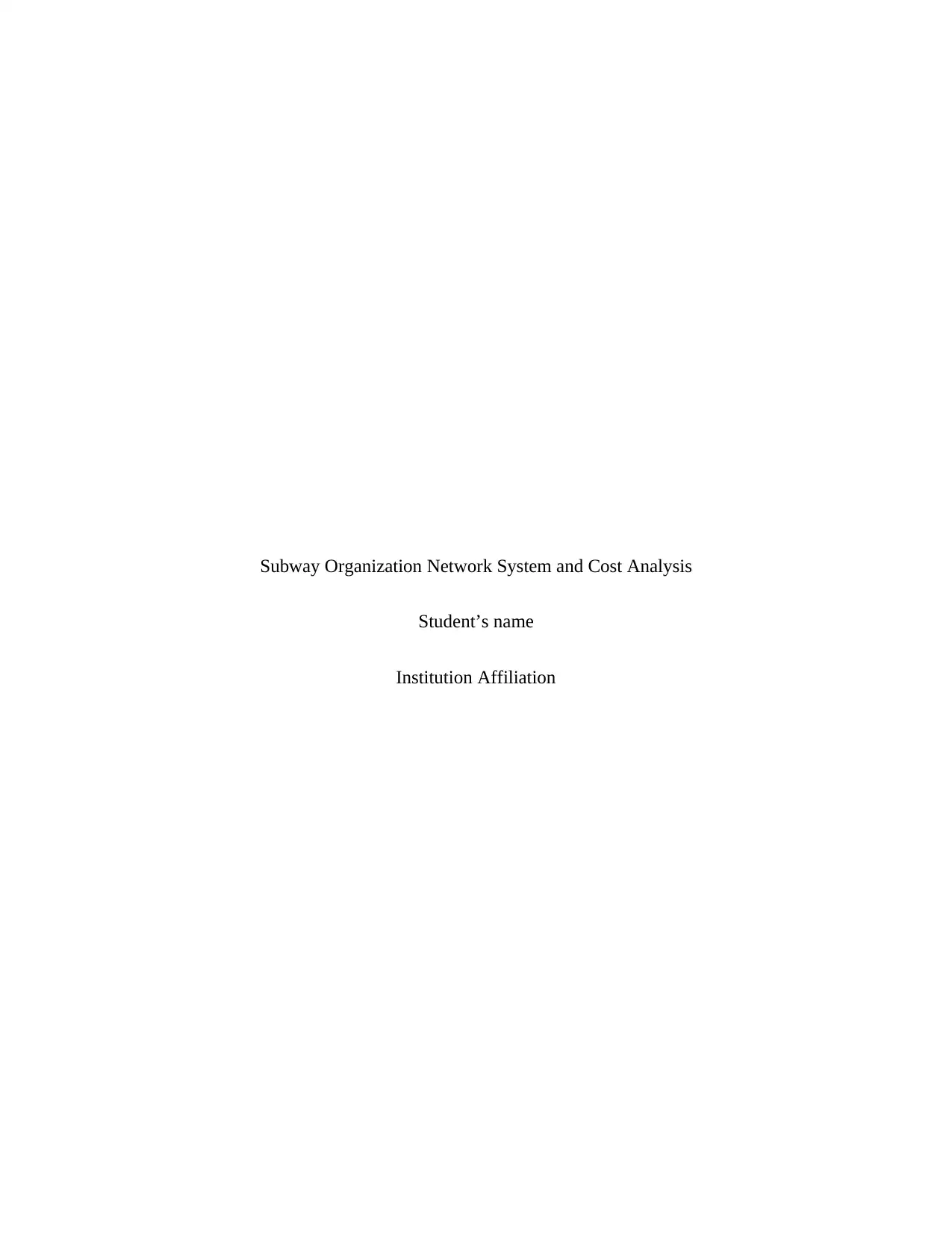
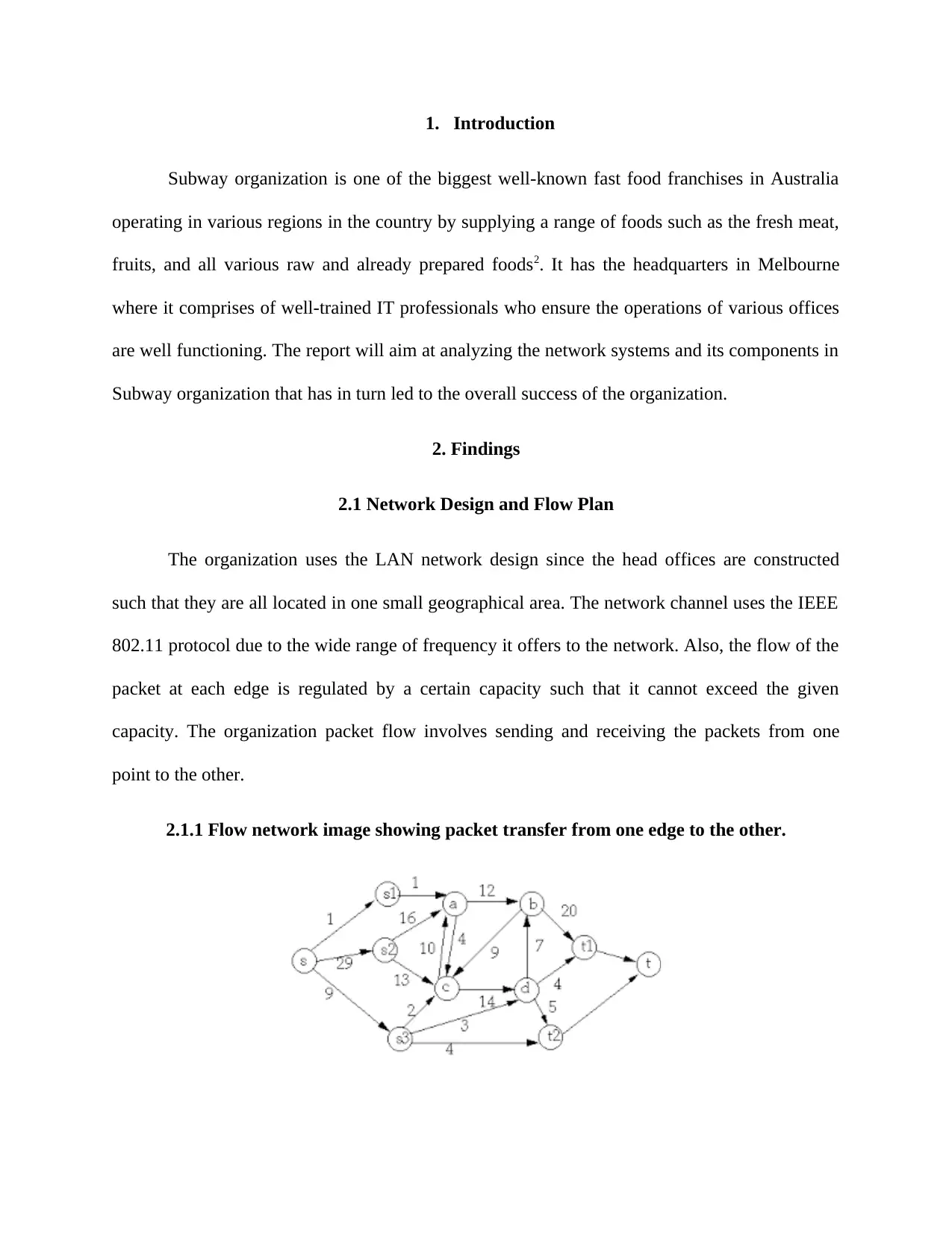
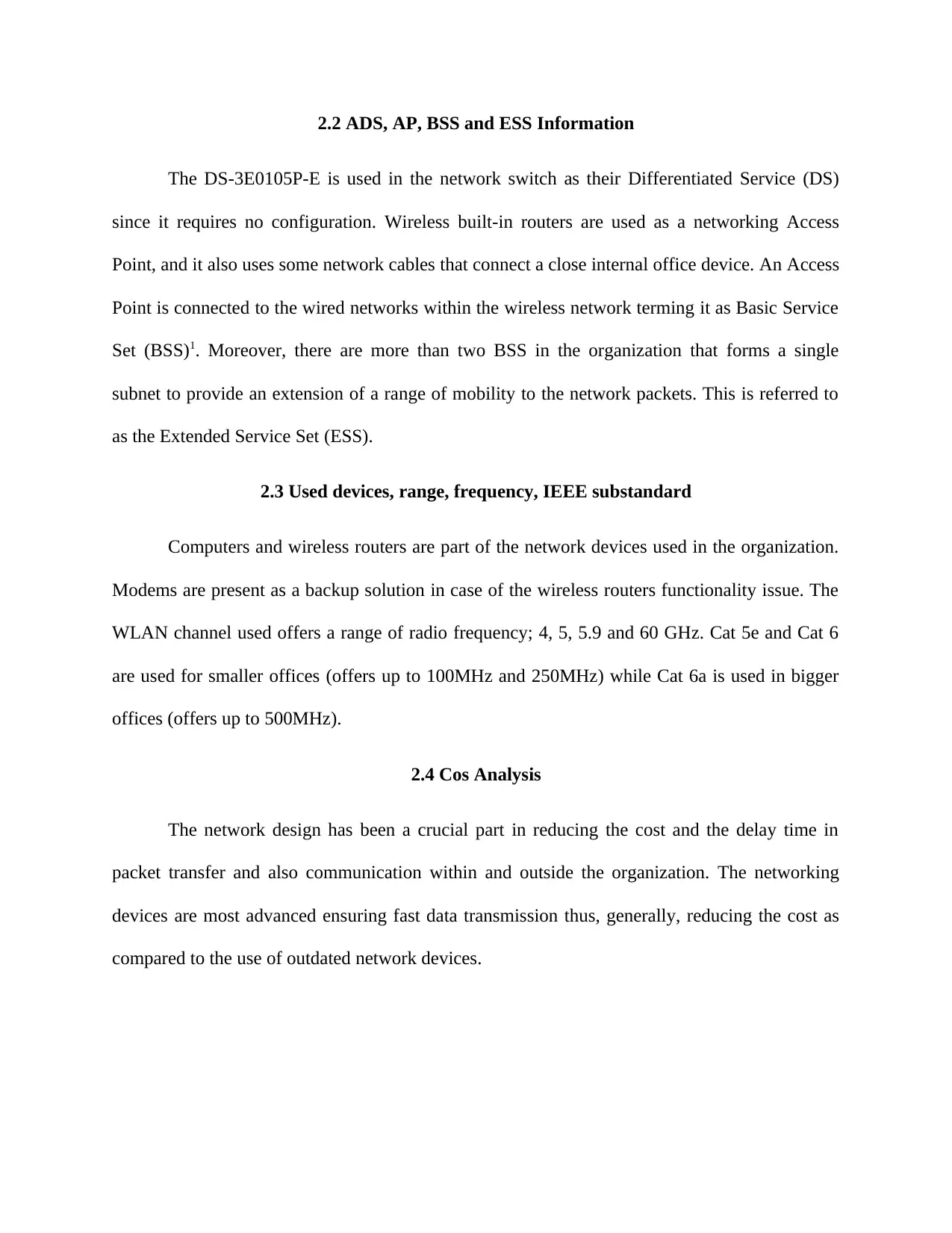

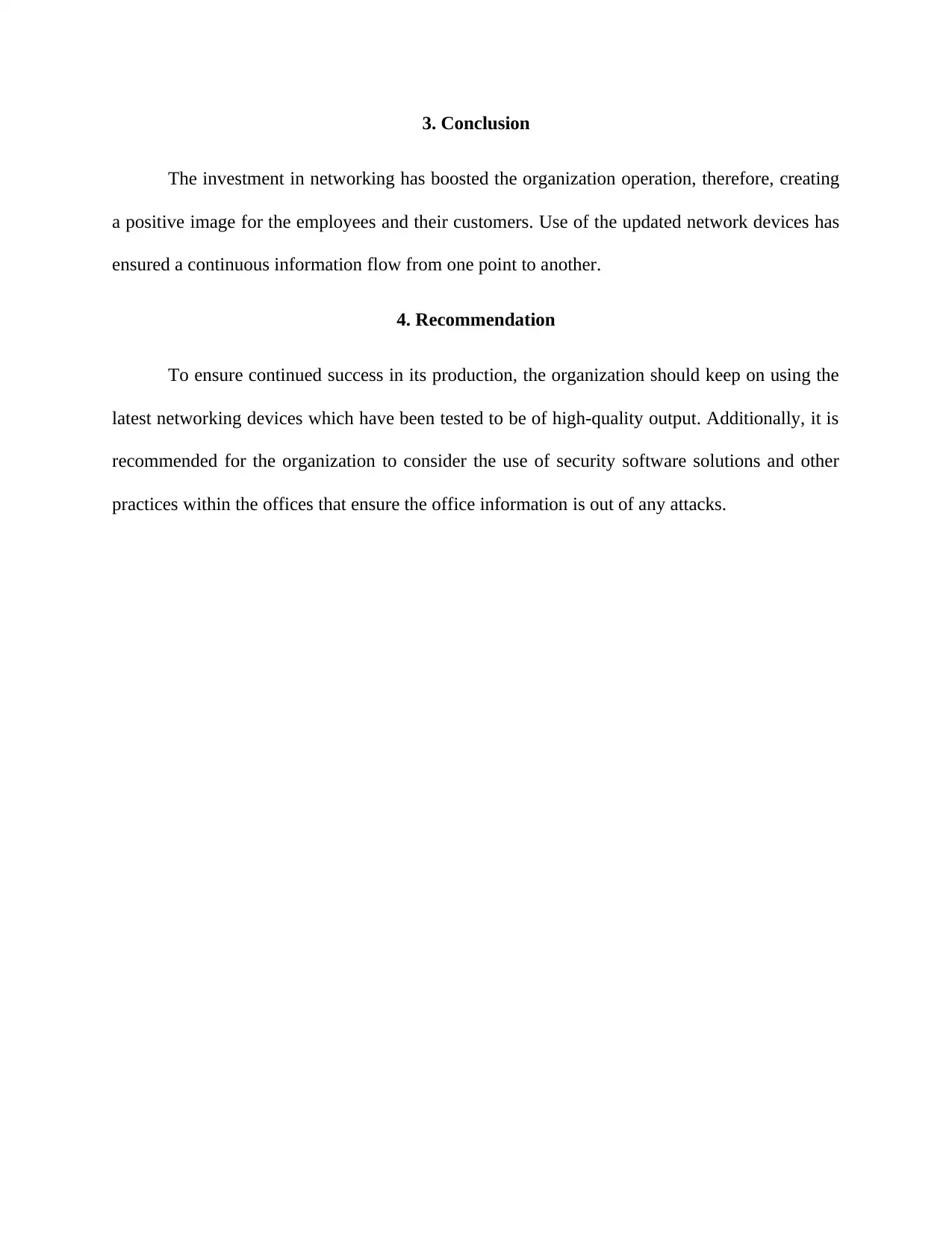
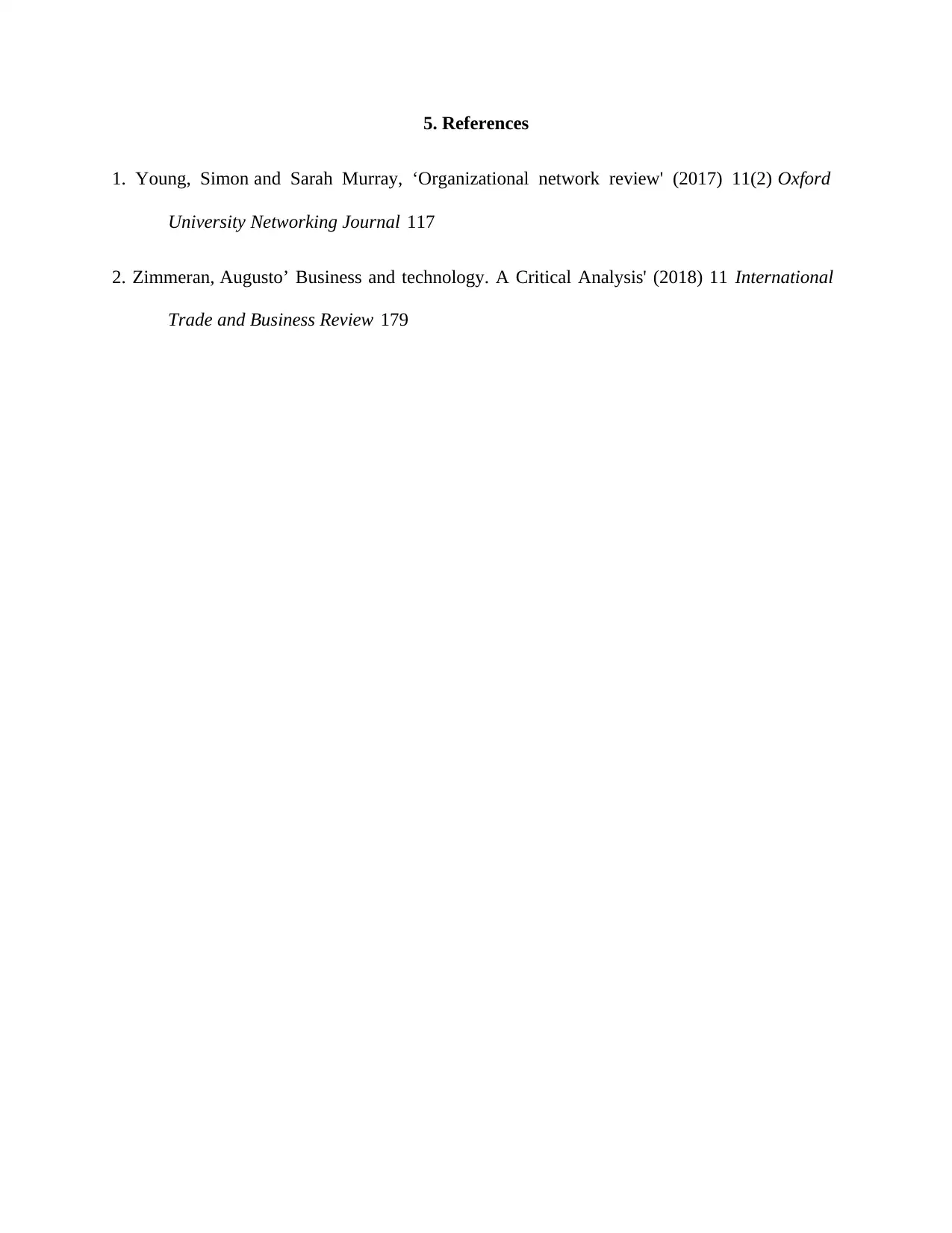






![[object Object]](/_next/static/media/star-bottom.7253800d.svg)